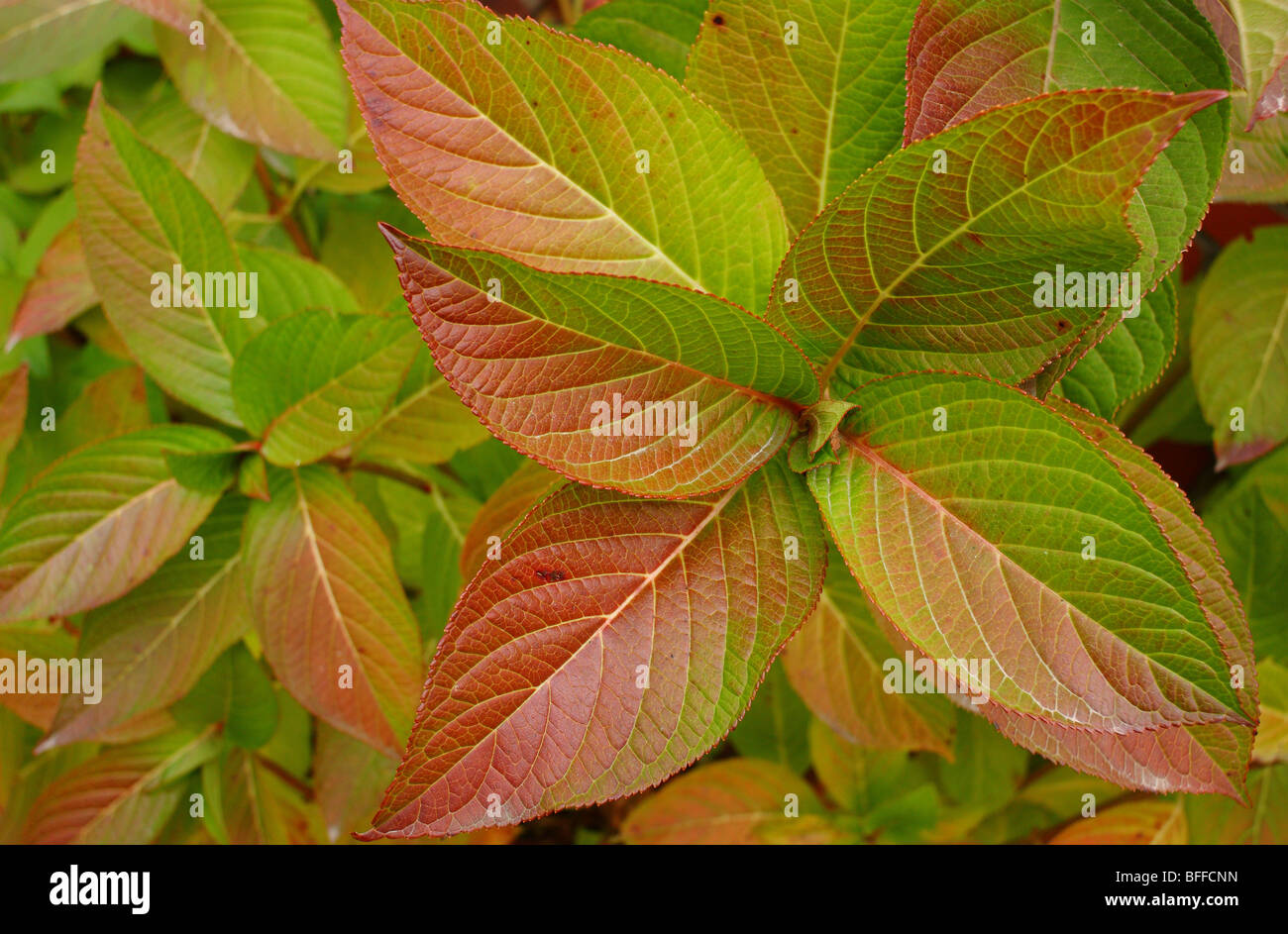More About Hydrangea Leaves Turning Yellow
Wiki Article
Some Known Questions About Hydrangea Leaves Turning Yellow.
Table of Contents8 Simple Techniques For Hydrangea Leaves Turning YellowThe 25-Second Trick For Hydrangea Leaves Turning YellowHydrangea Leaves Turning Yellow Things To Know Before You Get ThisSome Known Incorrect Statements About Hydrangea Leaves Turning Yellow
Hydrangea plants are understood for their stunning blooms, yet in some cases their leaves can transform yellow. This is usually an indicator that something is wrong and the plant needs your help.Hydrangea leaves turning yellow can be a cause for issue. There are numerous reasons why Hydrangea leaves turn yellow, and the majority of them are simple to repair. Allow's look at one of the most common reasons that Hydrangea leaves turn yellow and just how to repair them. Hydrangea leaves commonly turn yellow when the plant is overwatered.
When the roots of a plant are submerged in water for long durations, they start to stifle and rot. This process cuts off the origins' oxygen supply, creating the leaves to turn yellow and at some point pass away. Overwatering can likewise result in various other problems such as leaf decline, origin damage, and fungal growth.
If you think your Hydrangea is overwatered, the most effective service is to allow the soil dry completely prior to watering once again. It's also a great concept to examine the drain of your pot or yard bed and make sure that water is not pooling around the plant's origins. Hydrangea plants require well-drained soil to thrive.
About Hydrangea Leaves Turning Yellow
You must additionally make certain that you are not watering your Hydrangea too usually. Watering when a week should suffice, and more frequently if the weather condition is warm and dry. Hydrangea leaves can also transform yellow if the plant is not getting enough water. This happens when the plant does not get enough water, and the soil begins to dry.
This is referred to as "plant food shed," It occurs when the plant's roots are subjected to way too much plant food. The origins can't absorb all of the nutrients and become harmed. This damage triggers the fallen leaves to turn yellow and eventually pass away. Various other signs of plant food shed consist of brown or yellow fallen leaves, wilting, and stunted development.
This will help get rid of any type of excess fertilizer from the origins of the plant. It's likewise a good concept to minimize the quantity of fertilizer you are using. Fertilizing as soon as a month during the growing period must suffice. If you are utilizing chemical plant food, it's best to use one that is thinned down and applied according to the manufacturer's guidelines.
Hydrangea Leaves Turning Yellow Fundamentals Explained

If your Hydrangea is plagued with bugs, treating the plant with neem or horticultural oil is the finest service. It's likewise good to get rid of any type of damaged leaves from the plant (Hydrangea Leaves Turning Yellow).
To stay clear of spreading out the illness, ensure to decontaminate your scissors prior to cutting any type of leaves off. Hydrangea leaves can also transform yellow if the temperature stresses the plant. This generally occurs when the plant is exposed to extreme chilly or warm. The leaves of the plant will certainly turn yellow and best site start to leave.
If the temperature worries your Hydrangea, you require to relocate the plant to a place where it will be secured from the severe cold or warm. imp source You can additionally try to supply the plant with some partial shade if exposed to route sunshine. You can additionally attempt including compost around the plant base to aid regulate the temperature.
Not known Incorrect Statements About Hydrangea Leaves Turning Yellow
The leaves can additionally turn yellow if the Hydrangea plant has root rot. This is generally brought on by overwatering or poor water drainage. When the plant's roots are submerged in water for too long, they start to rot. One of the most usual origin rot symptoms is yellowing leaves, as the fungi prevents the origins from taking in nutrients from the dirt.Various other look these up signs of origin rot consist of stunted growth, wilting, and fallen leave decrease. Examine the origins of your Hydrangea if it has origin rot. If they are black or brownish, after that they are probably rotten. If some healthy origins are left, you can try to conserve the plant by replanting it in a new pot with fresh dirt.
If your Hydrangea is heavily influenced by origin rot, beginning with a brand-new plant is best. As Hydrangeas age, their fallen leaves will slowly transform yellow and brown prior to dropping off the plant.
You can assist the plant by guaranteeing it is getting adequate water and nutrients. One opportunity is that the plant is not obtaining adequate water.
Report this wiki page